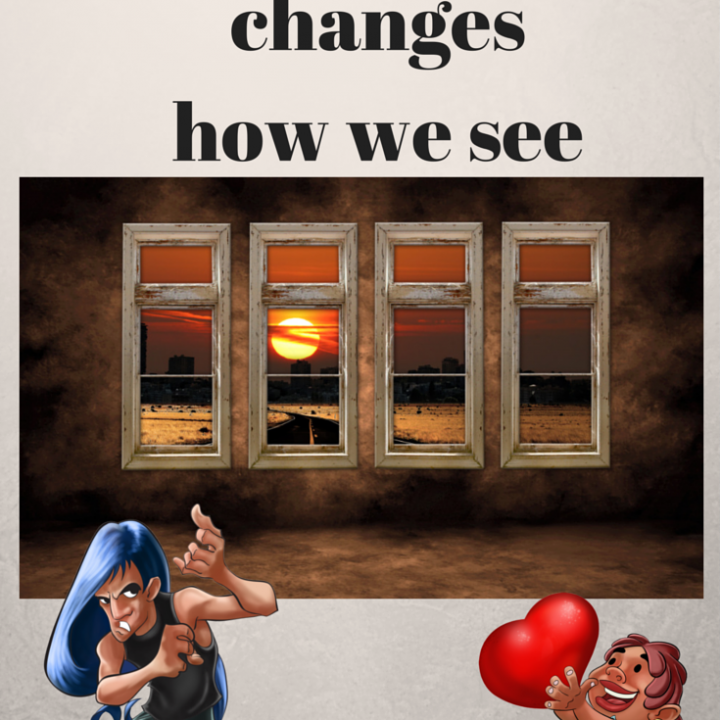Writing for Scanners by Annmarie Miles
I heard a great phrase a couple of years ago that has stayed with me. The speaker said, “We live in a pierce & ding age. You pierce the top of a frozen meal, a few minutes in the microwave; and DING; it’s ready.” The point she was making was about how fast things happen now, and how we’ve gotten used to it. People look for instant responses to emails, we don’t like to wait for webpages to load, and we pay to see the preview episode of our favourite box set; because we just can’t wait.








Recent Comments